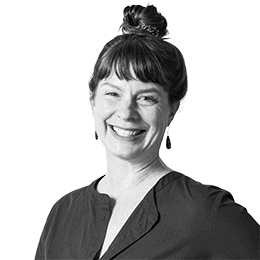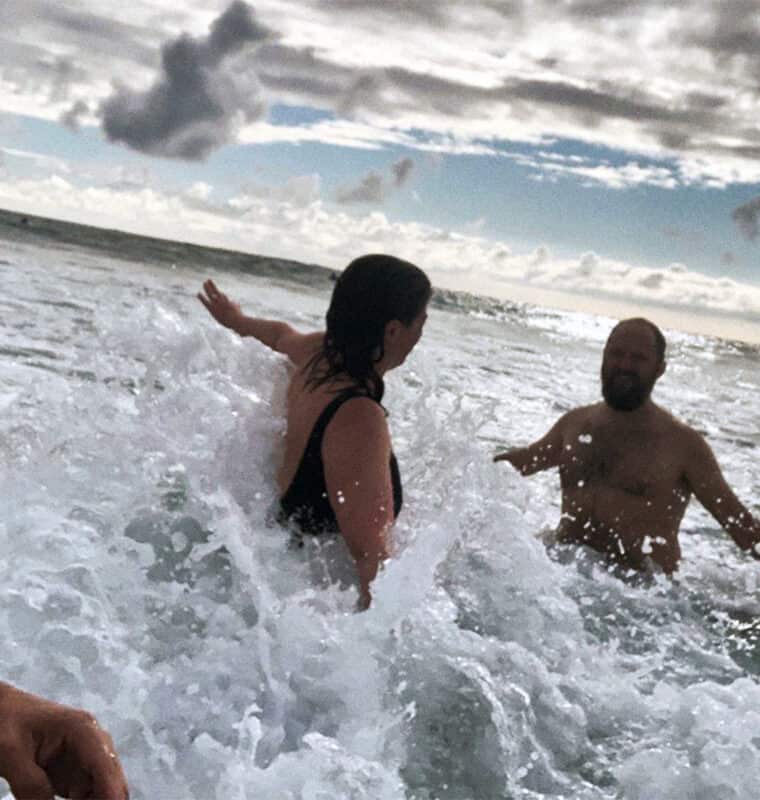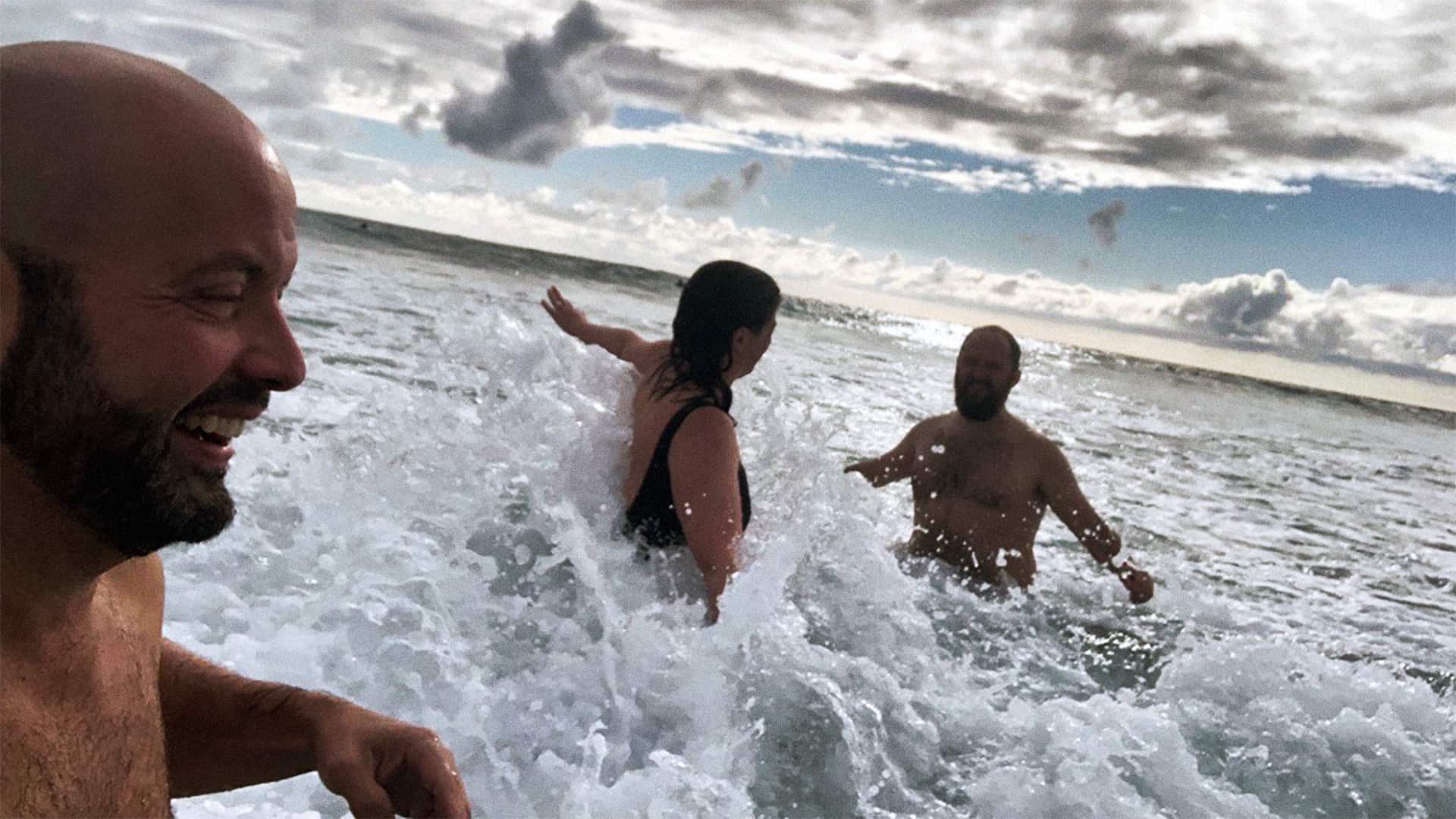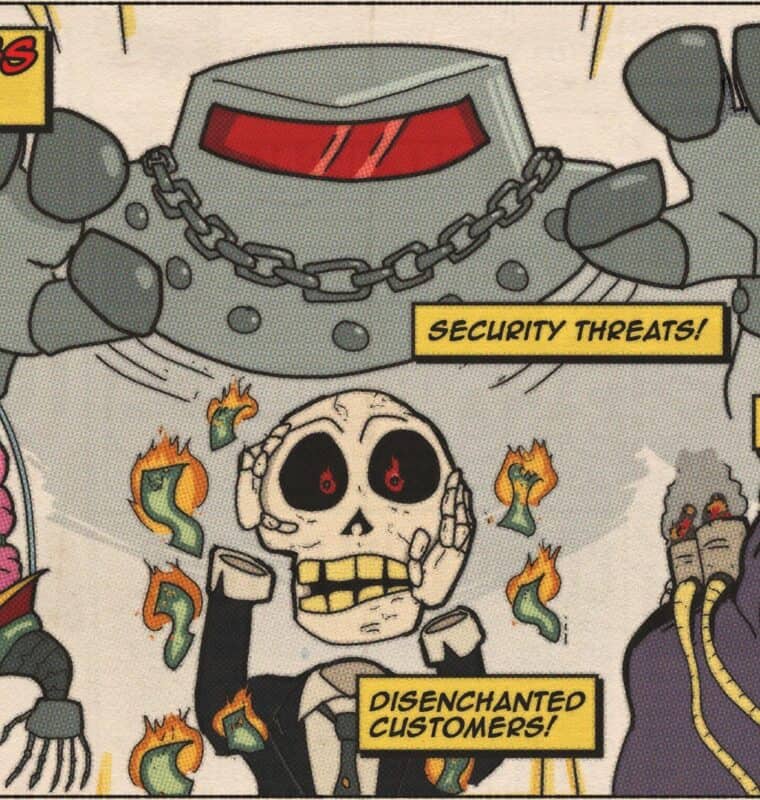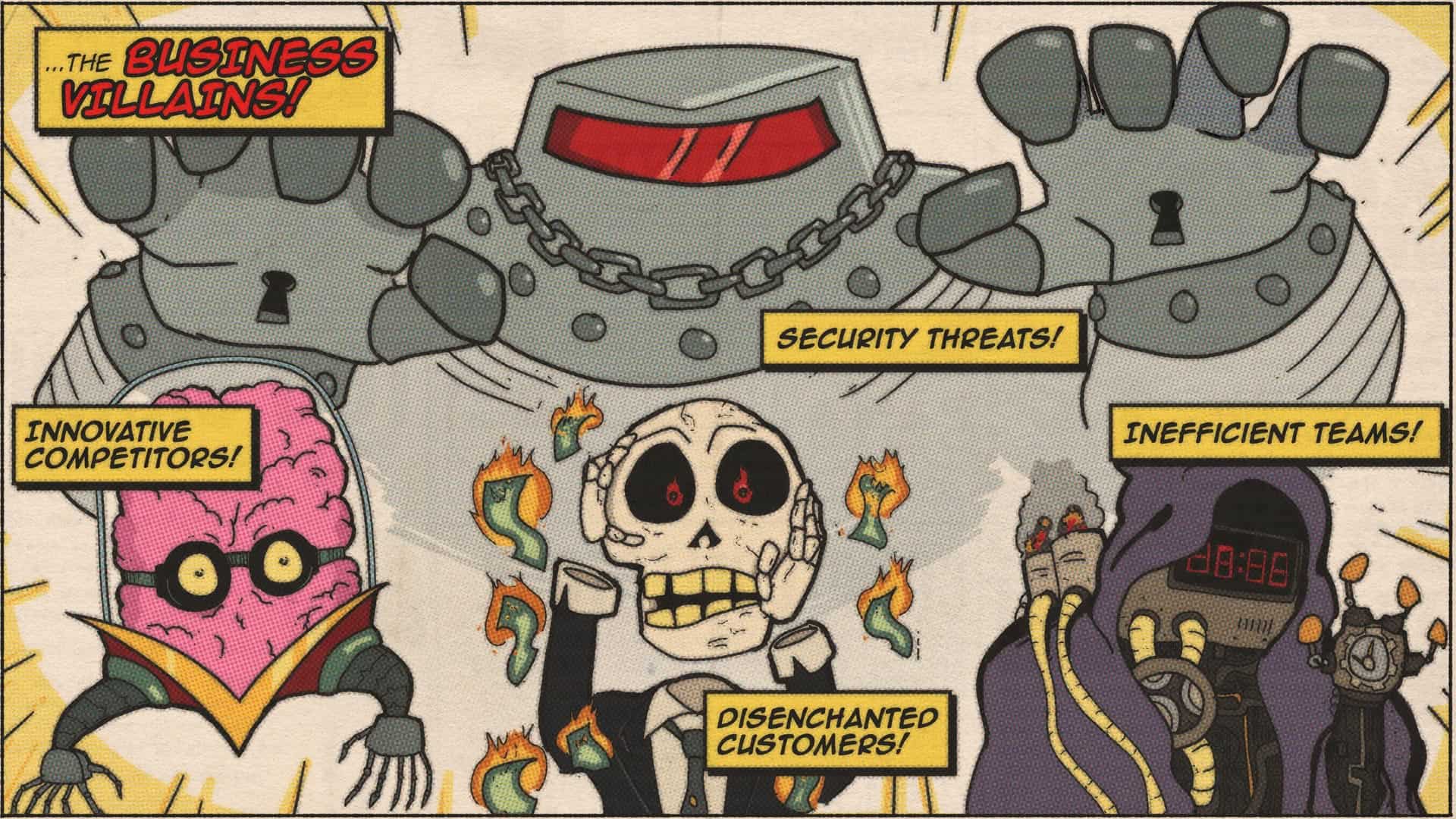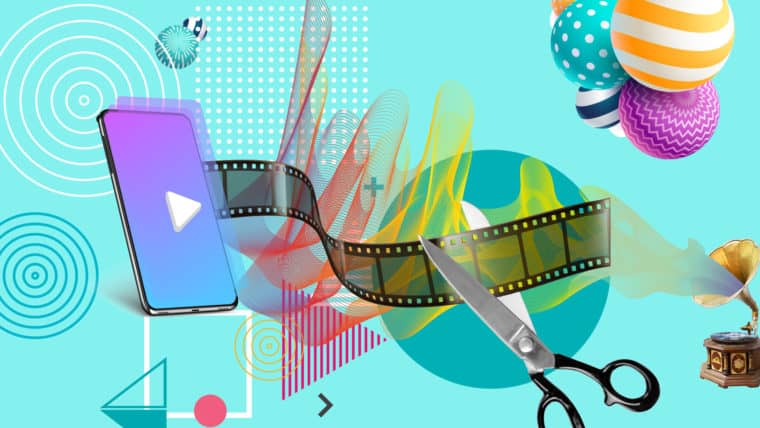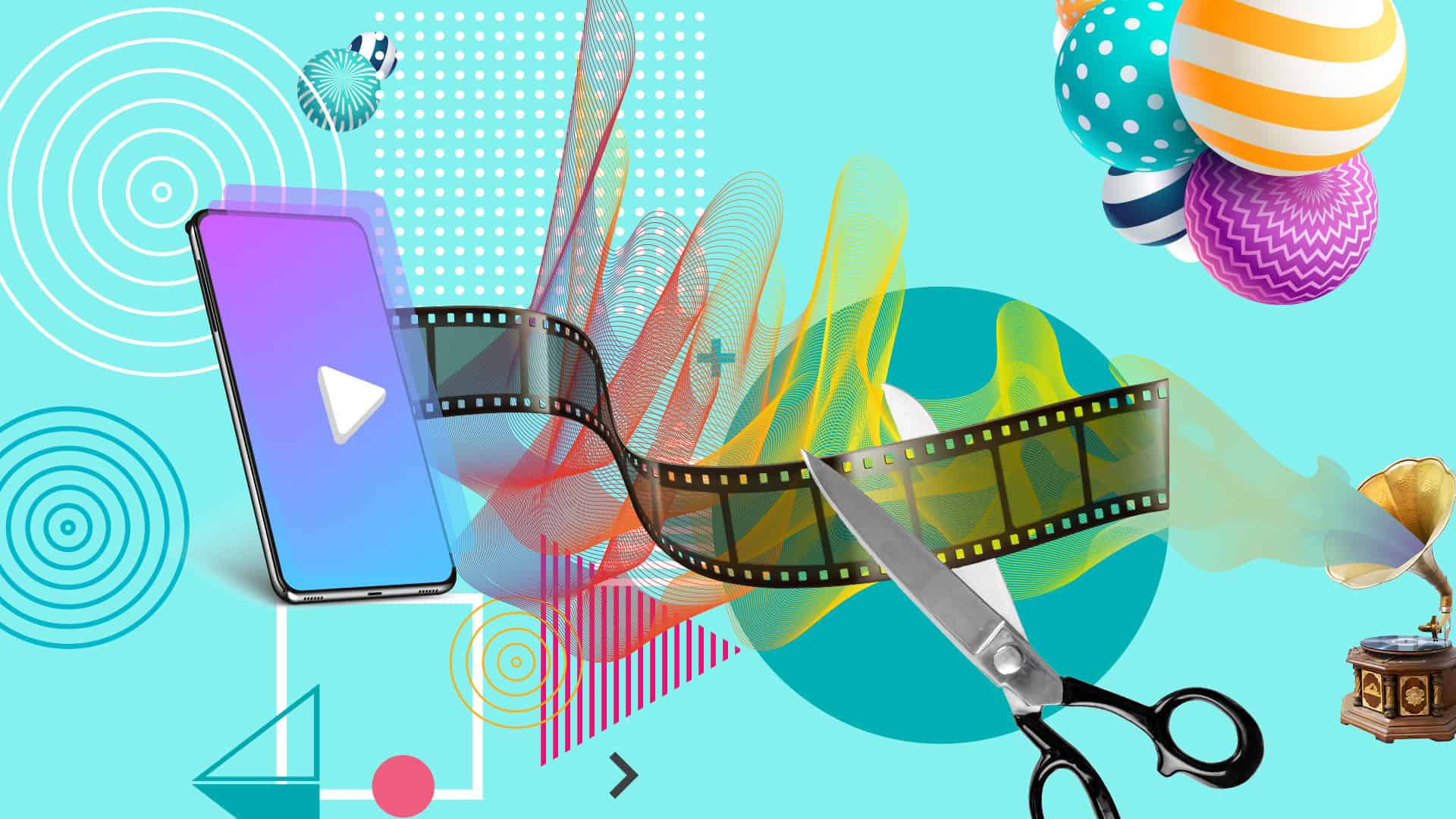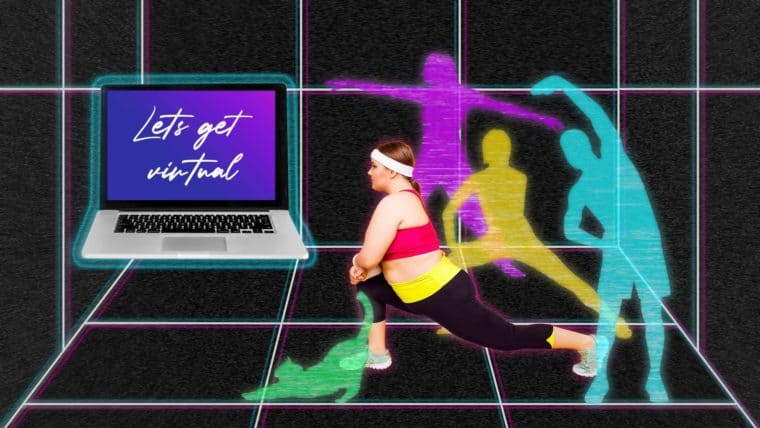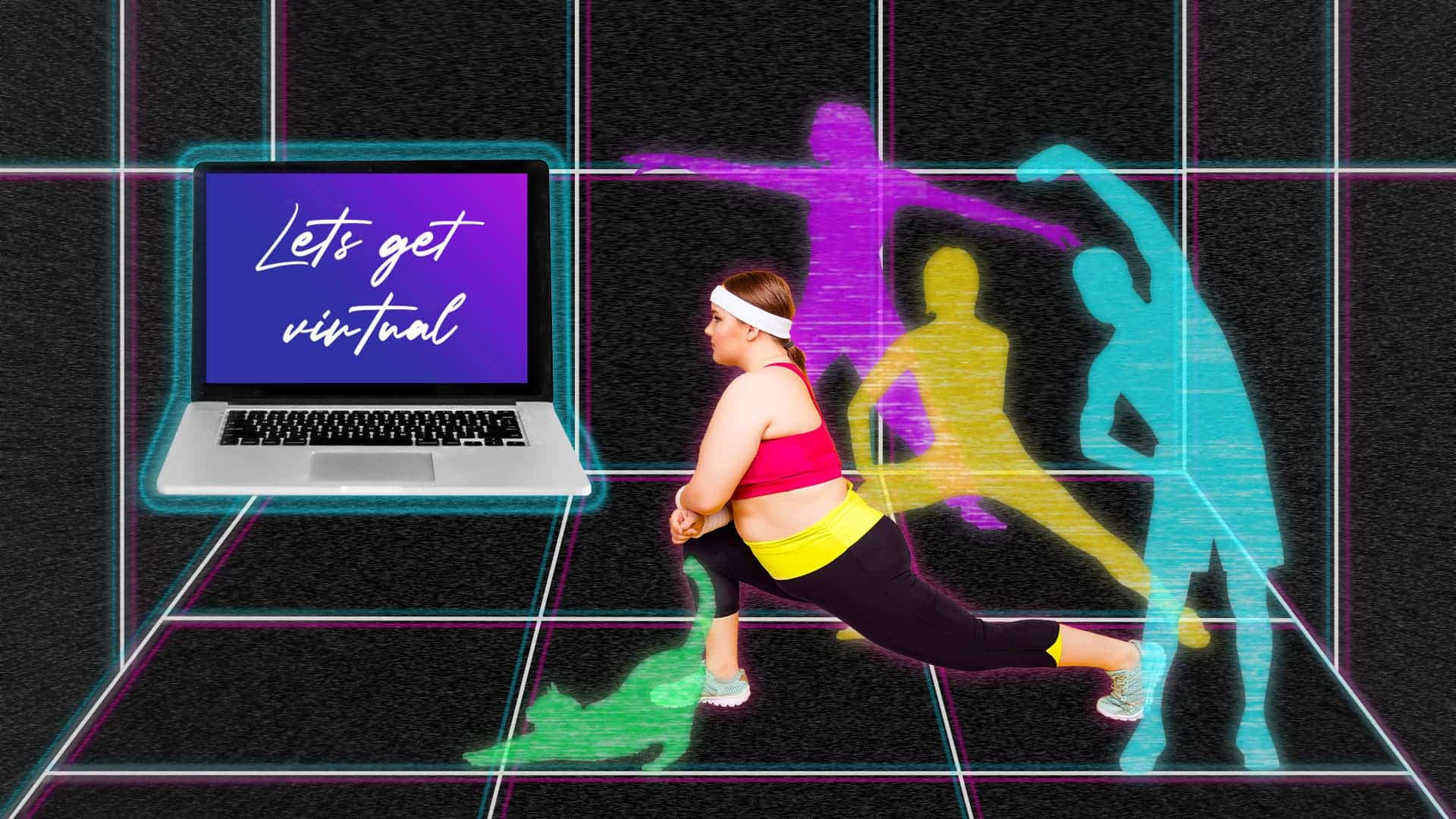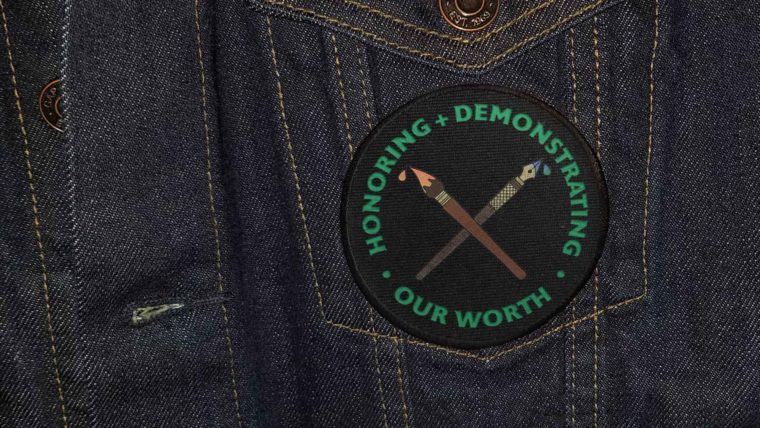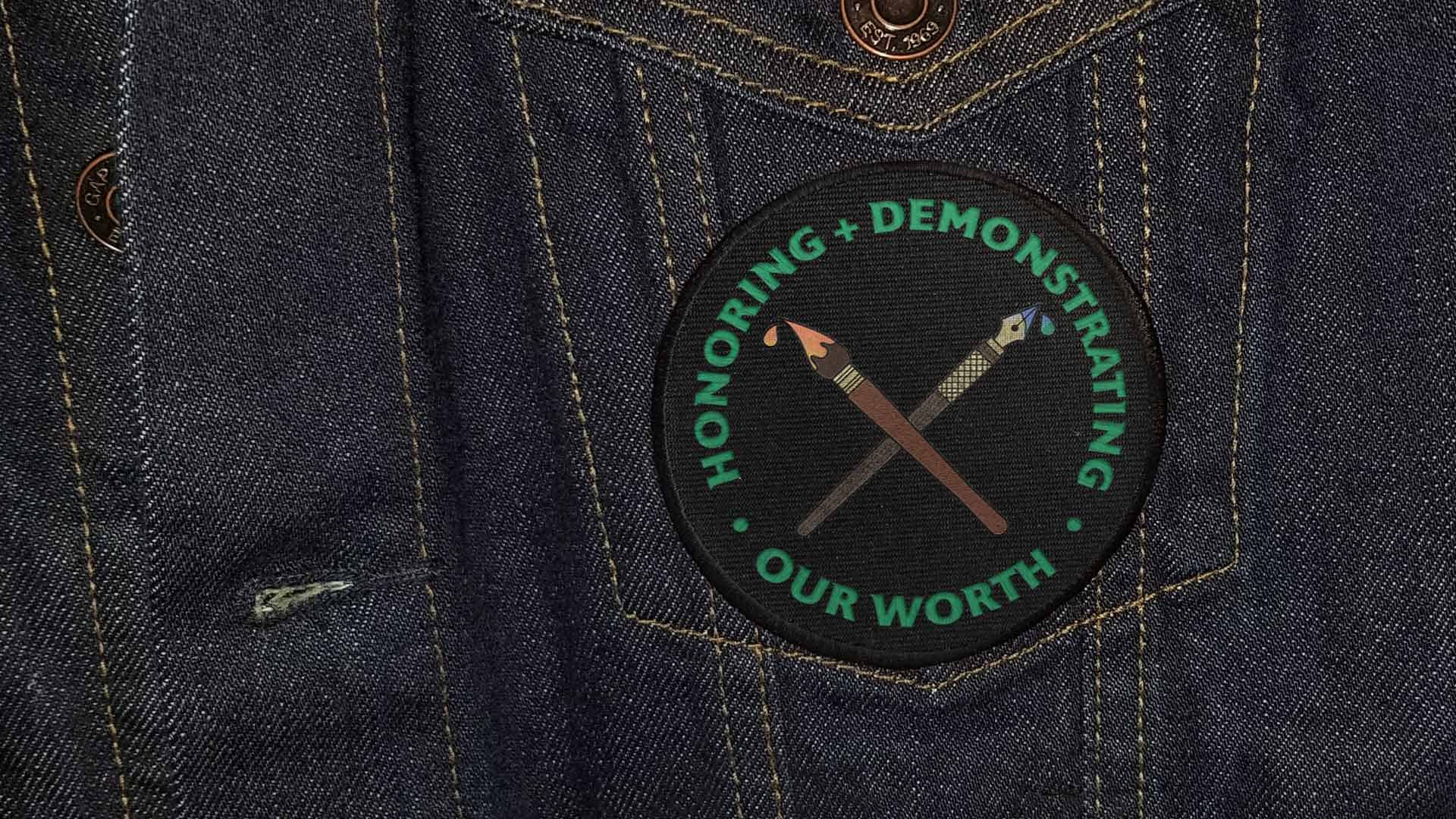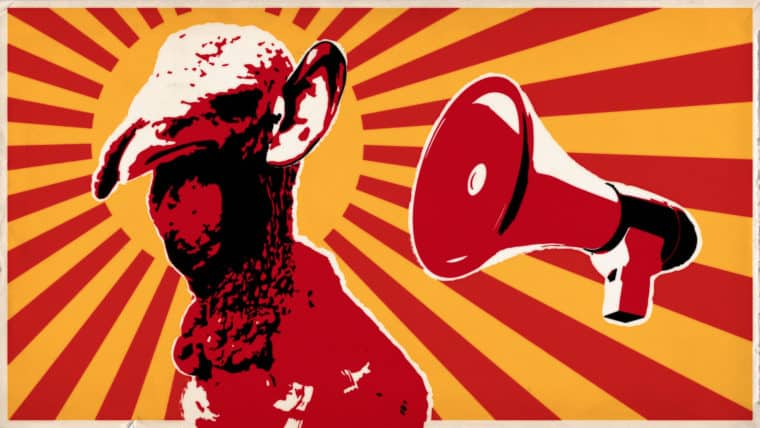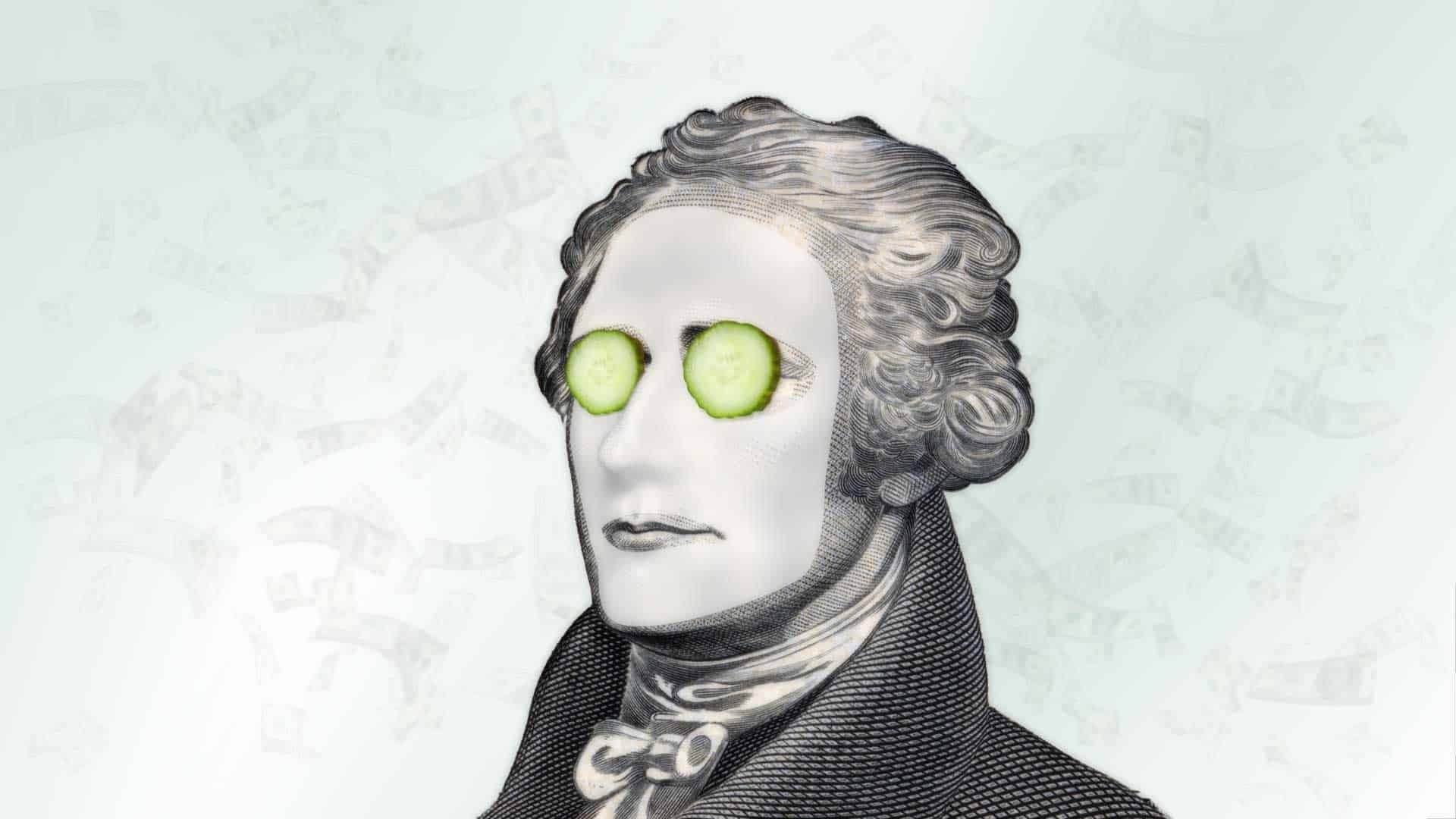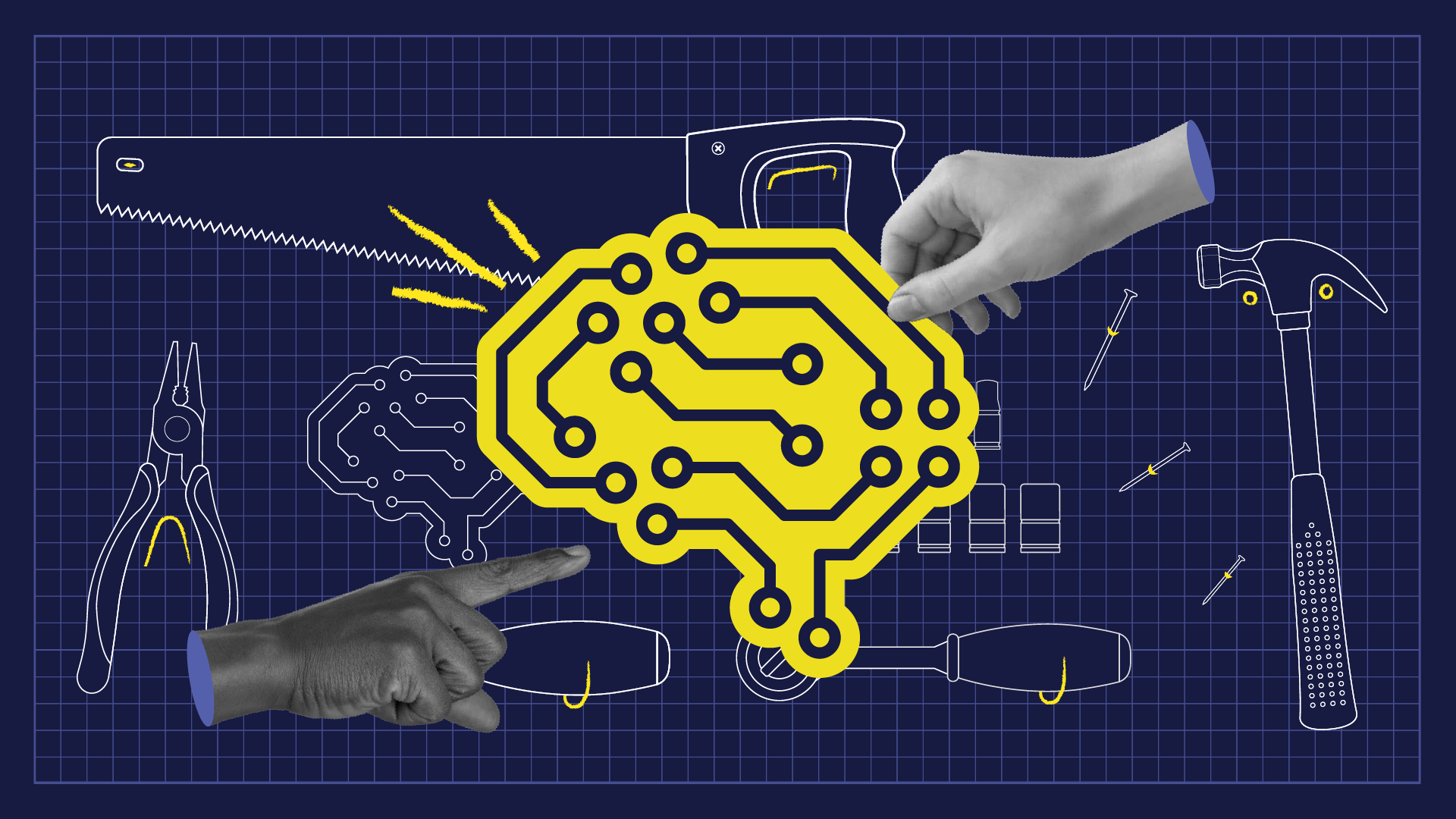
Image by Nicole Todd
What trends am I seeing for spring? Butter yellow, oversized blazers, and asking marketing agency owners how they’re using AI.
It’s a good question—and certainly one that no self-respecting agency leader is ignoring. It’s just that the hype levels have gotten a bit, how shall we say it, inauthentic.
So here’s my answer: we’re embracing AI as a tool to help us do the work our clients need better and faster! And we’re doing it in a way that aligns with our values.
Here’s what I mean:
We’re helpful. We’re using AI tools in ways that are helpful to us and our clients. When it gets work done faster and better? Then it’s an AI yes. We’re using AI to help us parse resources more thoroughly, brainstorm 25 header options instead of 10, and check for the right voice and tone throughout content.
We’re serious about our work. Our clients choose us for our high-quality deliverables and smooth client experience, and we’re serious about continuing to stand out in those ways. When AI helps us deeply engage with our work, we’re all in. Today, that means taking a client’s messaging framework and using gen AI to quickly create derivative assets like one-pagers, ebooks, and banner ads. The result? More content for better value. Tomorrow, it could mean something else.
We work to build trust. Human relationships mean a lot in our business. We’re seeing many faceless offerings pop up, such as “become an AI expert in 10 days” and “accomplish your tasks at warp speed.” We maintain the trust of our clients, and in turn, their audiences’ trust in them, by using our expertise to refine work. We’re experts in our clients’ brands, their differentiators, and their customers’ pain points—so when AI spits out something off, we spot it.
We tack toward improvement. Lucky for us and our clients, we’re a curious bunch. Our team gets excited about testing new approaches and refining based on what we learn. Gen AI tools are no different. Nothing drains a creative team faster than doing the same thing repeatedly for days on end. And the possibilities of today’s (and tomorrow’s) tools have us pumped.
Seeking marketing assets that work, and an energizing client experience? Give us a ping. And, if you see me around town in my oversized butter-yellow blazer, please say hello.

